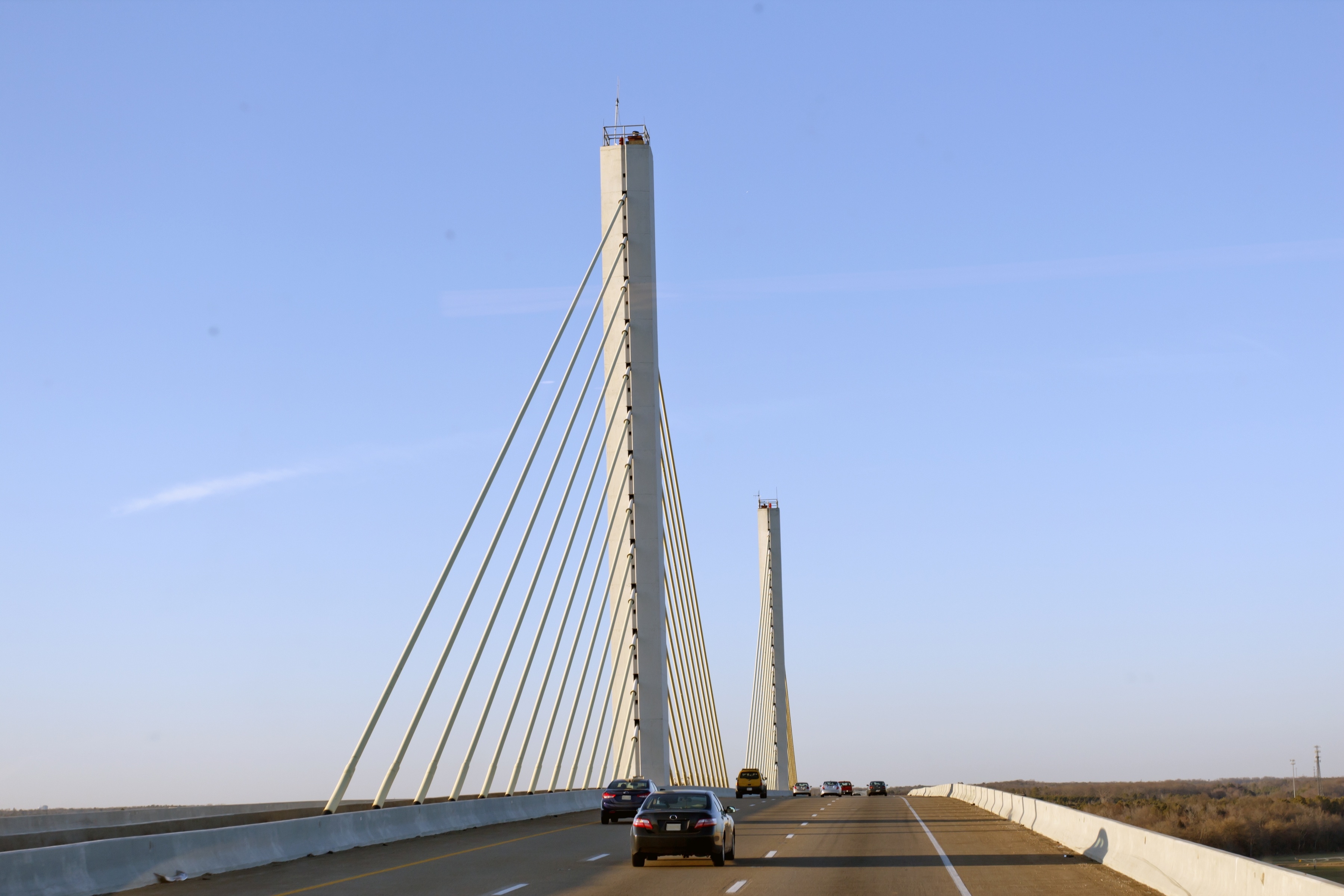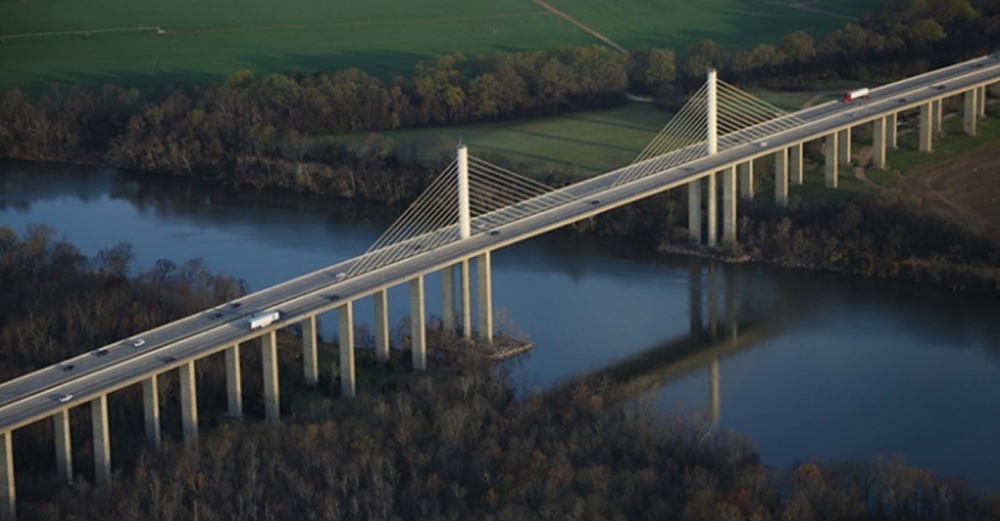Identifying Grout Defects in Post-Tension Tendons on a Cable-Stayed Bridge | Virginia, USA

Services Applied by VCS Engineering
Project Description
A high-rise cable-stayed bridge in Virginia has been suffering from severe corrosion deterioration due to importer grouting of the external and internal PT tendons. The problem was first identified when an external longitudinal tendon failed and during a routine inspection was observed laying on the floor of the girder. As a result of this tendon failure, the owner requested that an in-depth inspection of all the different structure’s PT tendons to be conducted.

Scope
The testing program implemented on the cable-stayed bridge utilized a combination of various non-destructive and inspection methods to effectively assess the potential risk for corrosion deterioration of the tendons. The testing first started with GPR locating of the internal ducts, then impact echo (IE) testing was conducted over the tendons to locate areas where voiding or defective grout existed. Once defective grout or voids were identified a small drill hole was made to the duct and a borescope was used to inspect the condition of the defect. Testing was ultimately conducted of 1,056 tendon ducts in the main cable stay spans and 72 vertical pier tendon ducts. The testing of the 1,056 superstructure tendons identified 445 ducts with grout voids that ranged from 1-ft to 82-ft in length. Inspection of the 72 vertical pier tendon ducts found 43 to have voids which ranged from 5 to 30 feet in length.

Project Solution
This testing program located areas where tendon corrosion was occurring due to improper grouting which provided the owner and structural engineer a risk assessment for this structure. Identifying these grout defects and subsequent corrosion was critical in determining what level of repairs were needed to extend the service life of the bridge.